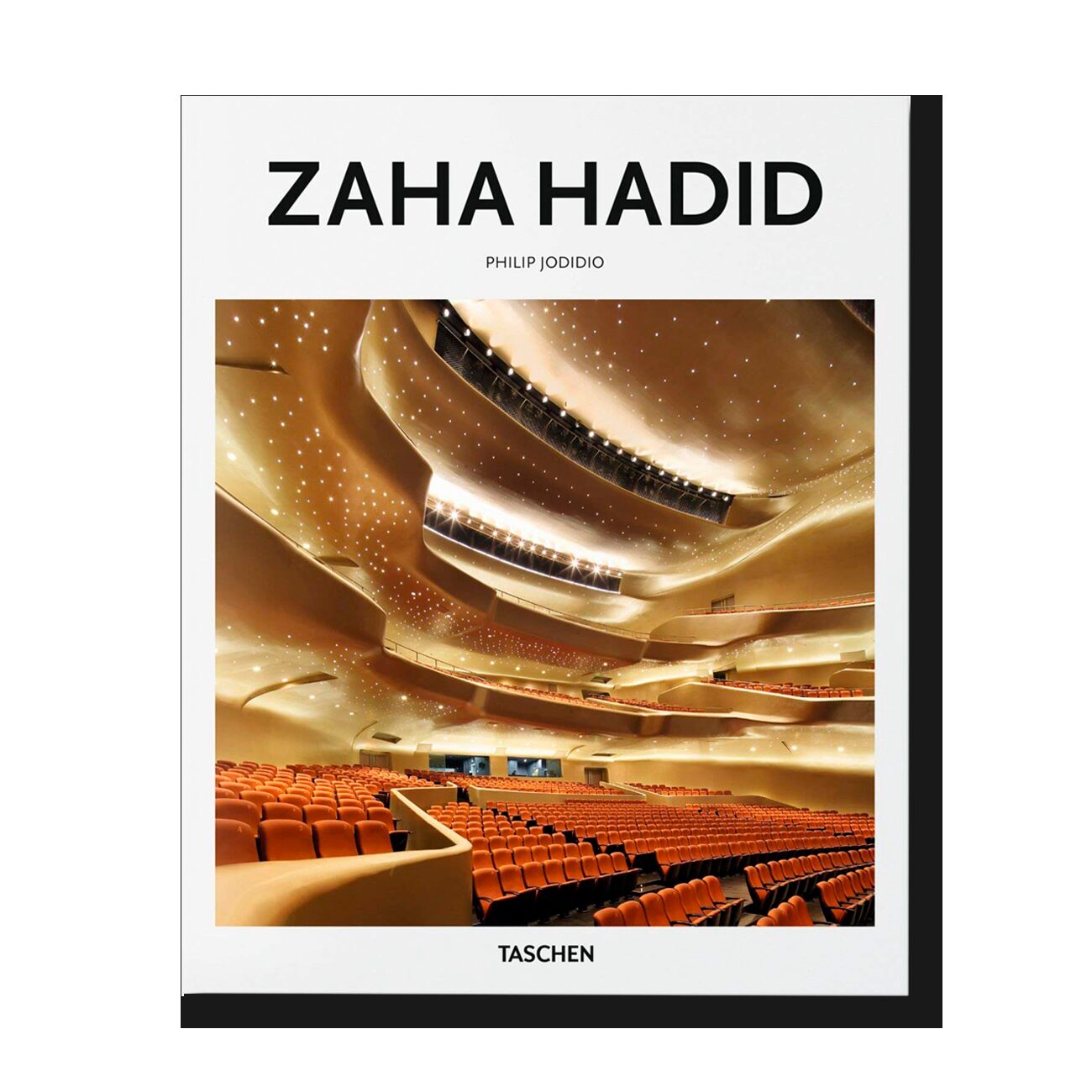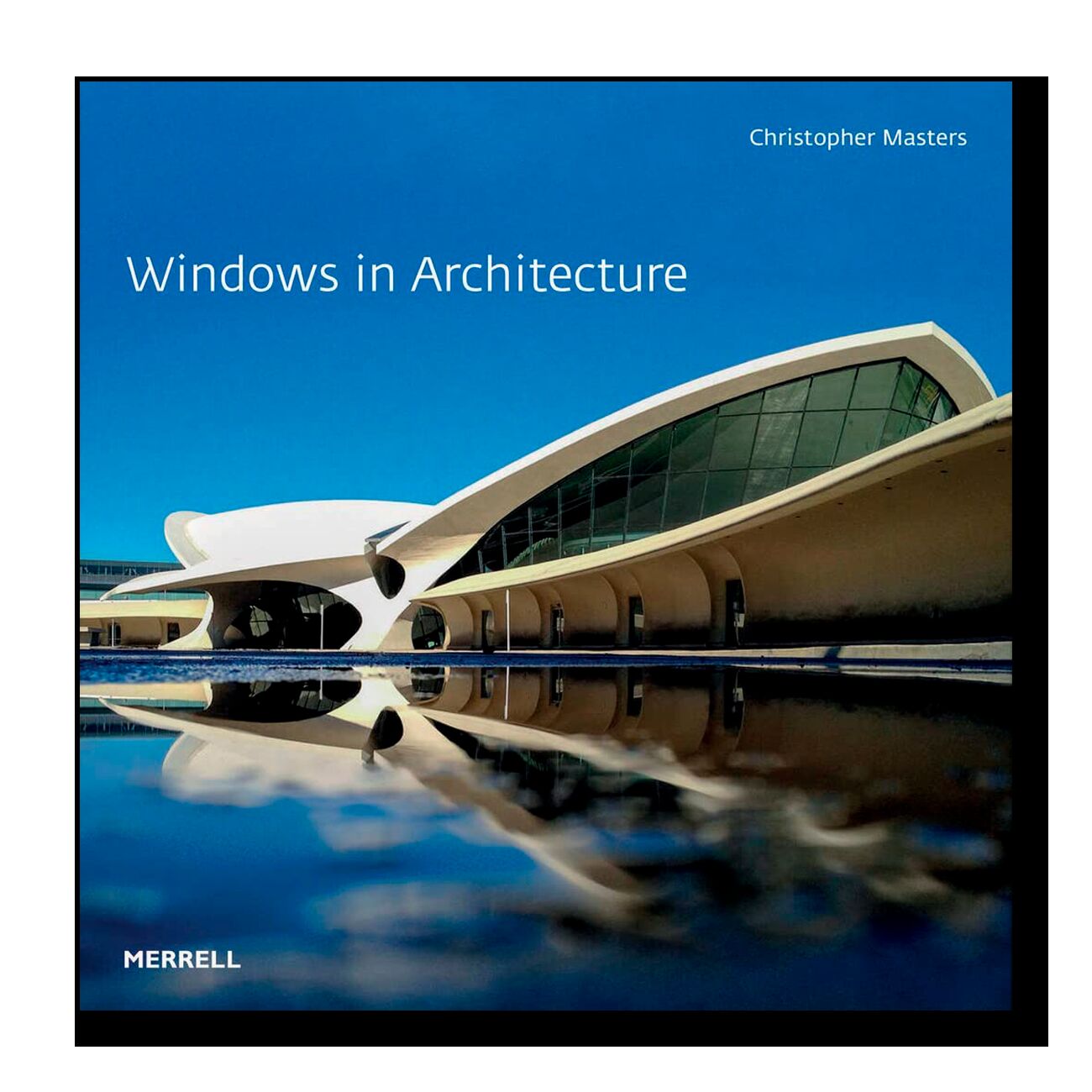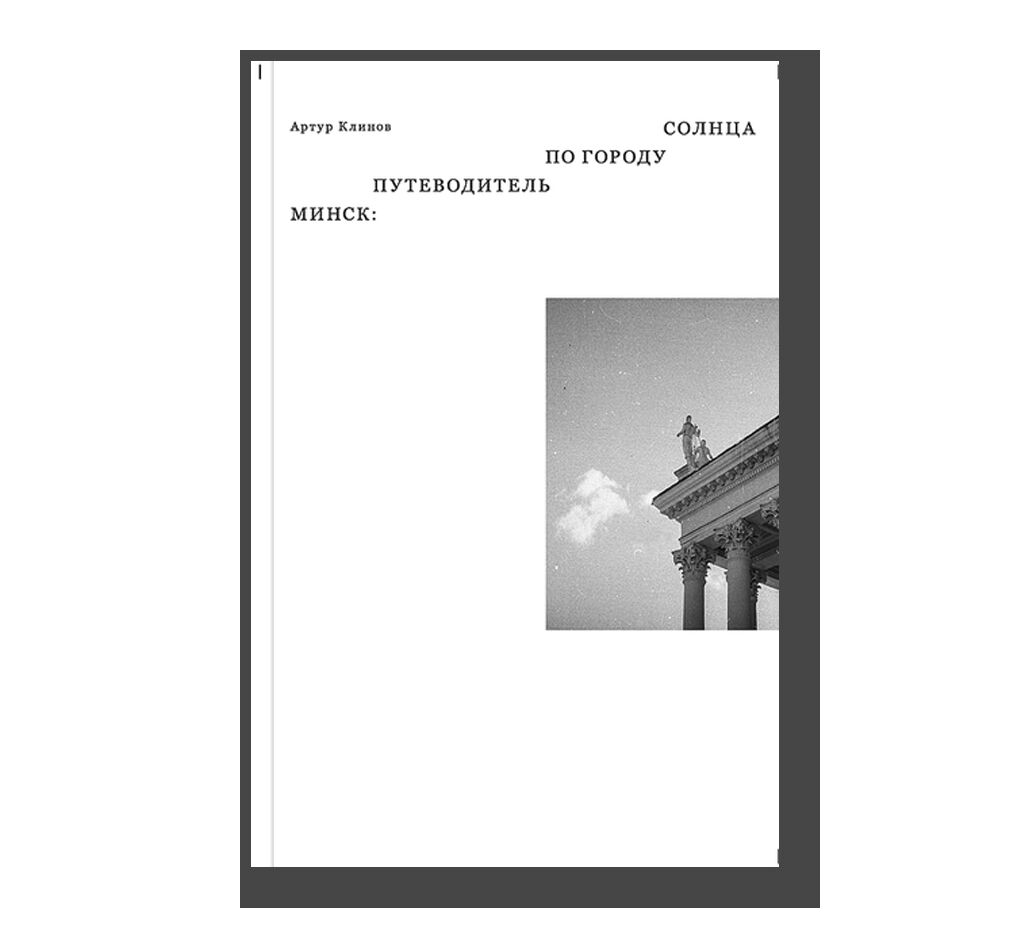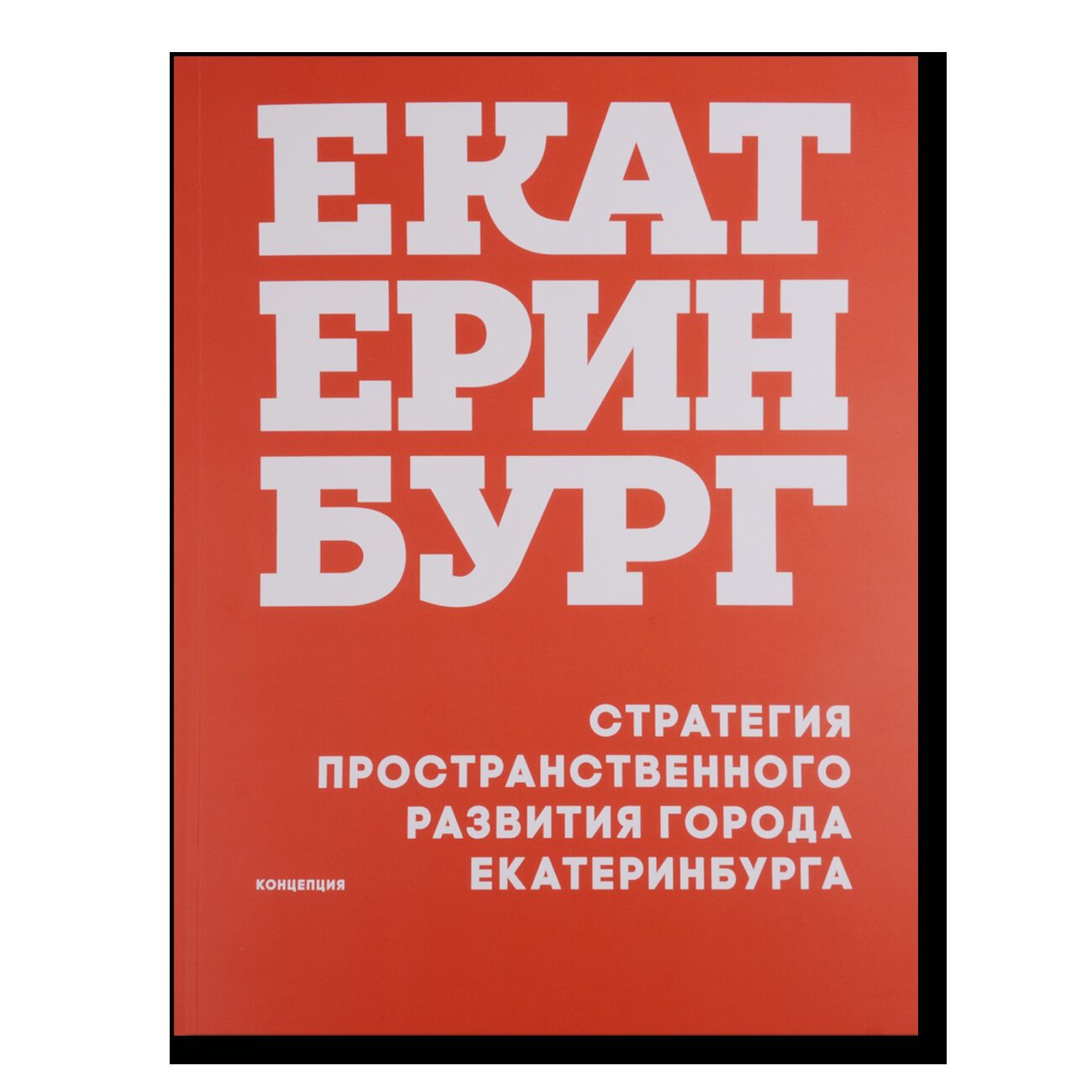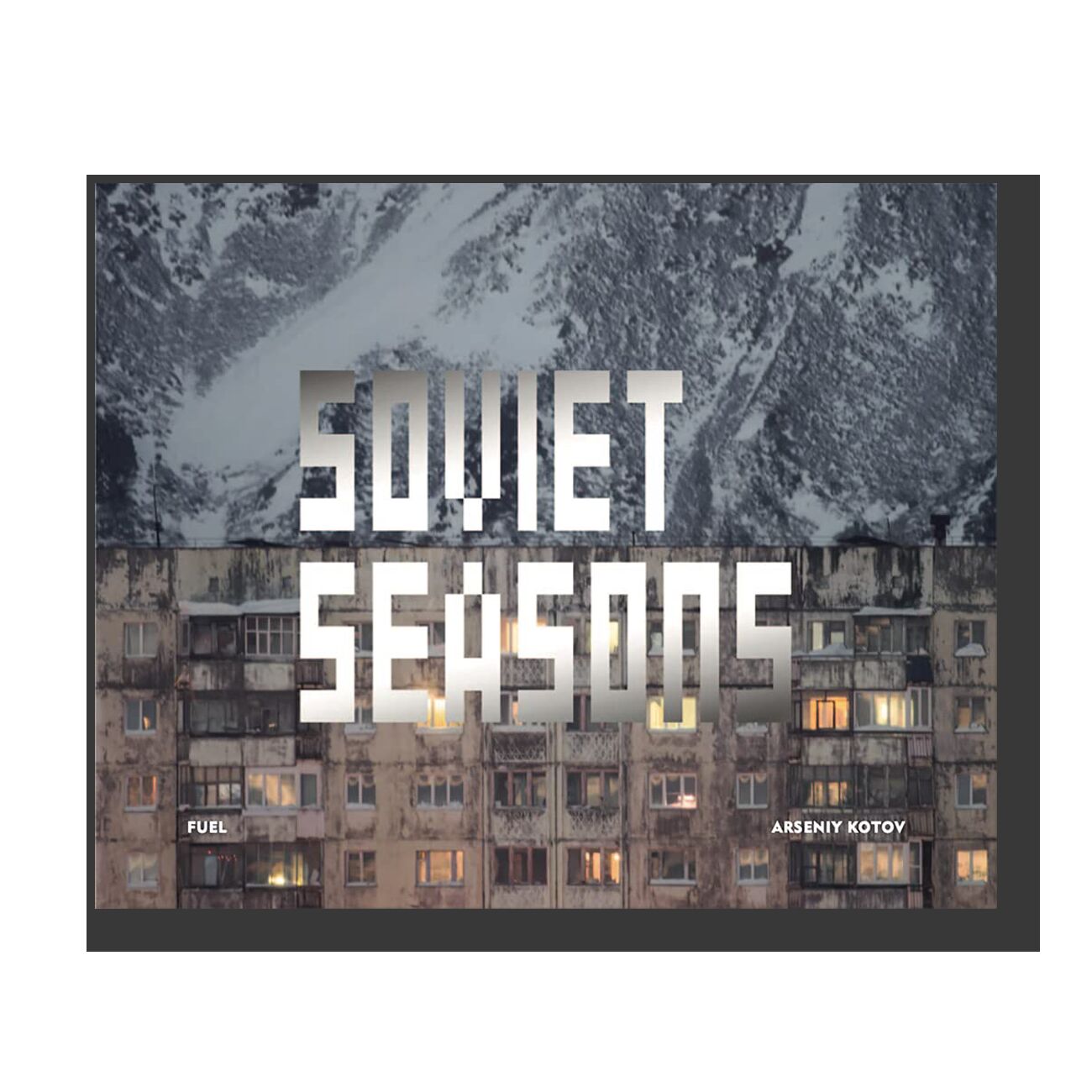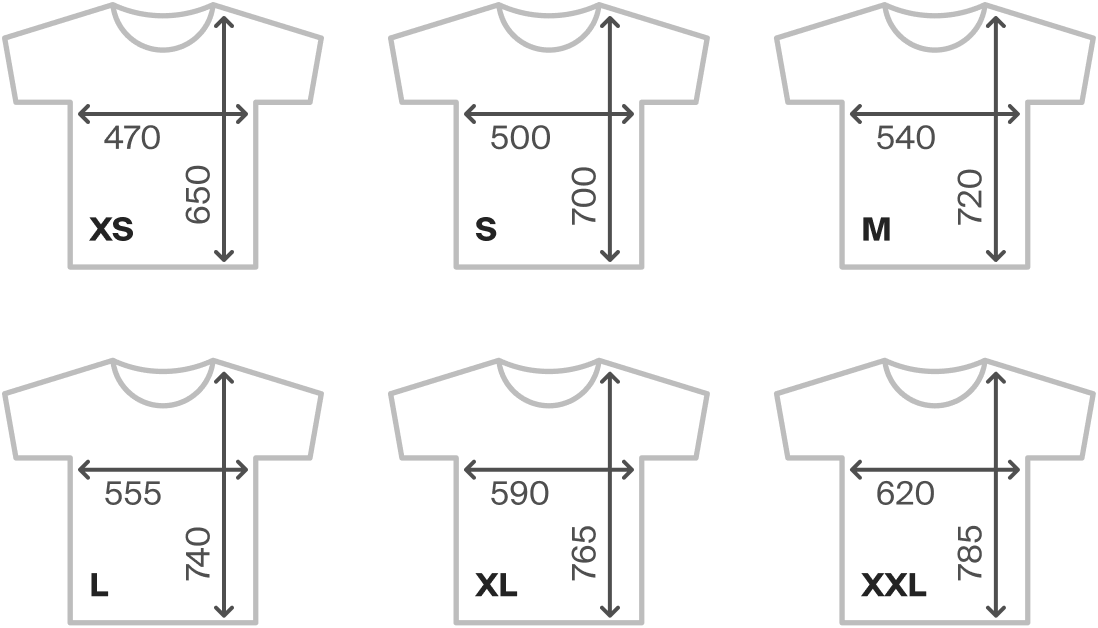Minsk: A Guide to the City of the Sun
- Year: 2013
- Language: Russian
- Publisher: Ad Marginem
- ISBN: 9785911031527
- Page: 128
- Cover: paperback
- About the Book
The Belorussian writer, artist and architect explores how Minsk became one of the most important urban construction projects of the Stalin era. It was here that work began in the 1930s to build the ideal Soviet city.
Minsk: A Guide to the City of the Sun, written by Belorussian author, artist, and architect Artur Klinov, is an attempt to provide a psycho-geographical description of one of the most ambitious city projects of Stalin's epoch. The text, illustrated with the author's own photographs, alternates between autobiographical narrative, essays on the architectural history of Minsk, and a cultural analysis of the "great" Soviet Utopia. The book, originally written in Belorussian in 2005, was later translated into German, Polish, Swedish, and Hungarian; this is the Guide's first Russian release.
Minsk was not the only location to be selected during the 1930s to become an ideal Soviet city, but it has proved the most complete of those projects, since the city's ancient historic flesh was totally annihilated in the process. Over the centuries, Minsk had been destroyed many times: in the 1067 battle on the Nemiga River described in the Tale of Bygone Years chronicle; during the Russo-Polish War in the mid-17th century; the Great Northern War in the early 18th century; the Patriotic War of 1812; and during both World Wars. A relatively uneventful period in the 19th century was marked by the loss of all attributes of Minsk's Catholic, Polish, and Lithuanian past.
As Klinov states: "It was not a freak of fate that the City of the Sun arose in Minsk. The city that first entered the chronicles as a graveyard on the bloody banks of the Nemiga River eventually became the burial ground of cities. A succession of Minsks would come and go without trace. At different stages, the city switched from Catholic to Orthodox to Jewish to Baroque to Soviet to Imperial. After its demise, Minsk would reappear as a different entity, refusing to continue its previous tradition. Everything in the new city would be unlike the way it had been - in aesthetics, in everyday life, in religion ... Could the physical body of the City of the Sun find a more ghostly residence?"
The author the political, social, religious, and ethnic history of Minsk. In this context, the singular aesthetics of the Soviet Utopia, primarily the architecture and monumental sculpture of the 1930s-1950s, gains a new significance. He offers a metaphysical interpretation of the structure and topology of the City of the Sun, its central segment of Independence Avenue and six major squares. He specifically focuses on parks ("paradise gardens for people") and their opposites, backyards, as the zones of "unofficial" life, "protest diagonals" that defied the official city's geometry. For Klinov, the destruction of the Nemiga district, the heart of the old Minsk, is equivalent to the obliteration of the collective national memory, the "Lithuanian truth" opposing the "Imperial truth."
The relationship between Soviet authority and art is another recurring theme of the book. The City of the Sun is the city of artists and poets, including Klinov himself, who created the setting for the "Land of Happiness". Yet the "ideal Utopian City must have only one Author, the Great Architect, the Conductor. Dictatorship is his name." In this regard, Klinov's book echoes Gesamtkunstwerk Stalin by Boris Groys, which is also released as part of the joint publishing program of Garage and Ad Marginem Press, although Groys maintains that the Soviet Utopia was created by Stalin in person. Like Groys, Klinov emphasizes the romantic nature of art in the Stalin period. "The City of the Sun arose ... like a setting for a romantic play ... The Land of Happiness died, but the City of the Sun of Daydreams, a grandiose décor for the play titled Happiness, remained."
